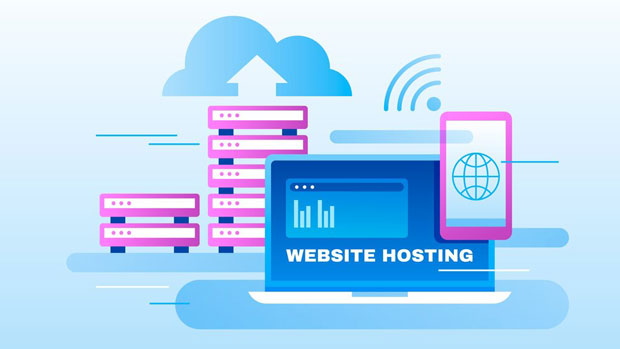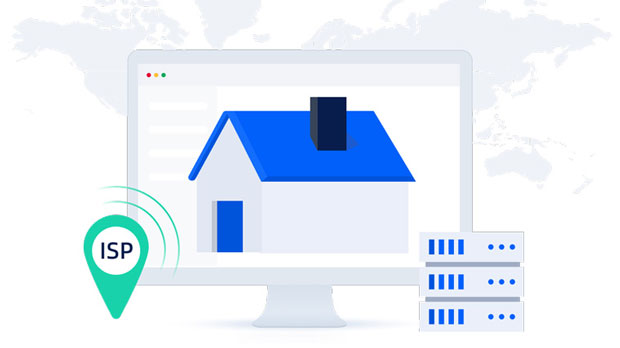In today's increasingly interconnected world, privacy and security have become essential concerns for internet users. This is particularly true in Japan, where strict online regulations and data privacy laws are in place. Static proxy ips have emerged as a powerful tool for overcoming geographical restrictions, securing online transactions, and protecting user identity. PYPROXY is a highly effective static proxy package designed to address these needs. By providing a stable, unchanging IP address, PYPROXY enables users to maintain long-term anonymity and seamless access to web resources without being detected or blocked by security systems. This article will delve into the strategies for using PYPROXY static proxy ips effectively in Japan, exploring their benefits, use cases, and practical applications in business and personal contexts. The Importance of static proxies in Japan’s Online LandscapeJapan is known for its rigorous data protection laws and a highly regulated internet environment. As a result, many businesses, as well as individual users, often face geographical restrictions, surveillance, and security challenges when accessing online services. Static proxy IPs offer a solution to these issues, ensuring that users can access web content without being subjected to regional limitations or security restrictions. Unlike dynamic proxies, which change IP addresses regularly, static proxies maintain the same IP address for an extended period, which offers numerous advantages, particularly for businesses that rely on consistent IP addresses for data scraping, SEO purposes, or managing multiple accounts.Moreover, static proxies are a critical tool for maintaining user privacy. They mask the original IP address, ensuring that online activities remain anonymous, especially when users need to access sensitive information or make secure transactions. In Japan, where online privacy is highly valued, using static proxies like PYPROXY enhances data security, making them an essential resource for businesses and individuals alike.How PYPROXY Works in JapanPYPROXY is specifically designed to cater to the unique needs of Japanese users by providing a reliable and efficient solution for accessing the internet through static proxy IPs. When users deploy PYPROXY, they are assigned a dedicated static IP address, which they can use consistently for their browsing activities. This static IP address ensures that the user’s online identity remains hidden, and they are not subject to the risks associated with using a rotating or frequently changing IP address.A key advantage of PYPROXY lies in its low latency and high stability. The package is built to optimize performance, ensuring that users experience minimal disruption while accessing content or performing data-related tasks. Whether it’s conducting market research, scraping data from websites, or running ad campaigns, PYPROXY ensures that these activities are carried out smoothly without the risk of detection or IP blocking.Key Benefits of Using PYPROXY Static Proxy Package1. Enhanced Privacy and Security The primary benefit of using PYPROXY is the added layer of privacy it provides. By masking the user’s original IP address, the static proxy helps prevent tracking, monitoring, and potential security breaches. For users in Japan, where data protection laws are stringent, maintaining anonymity is crucial. With a static IP from PYPROXY, users can enjoy secure browsing without worrying about their data being exposed or tracked by third parties.2. Consistency in Access A static IP address ensures that users have a consistent presence online. This is particularly important for businesses engaged in activities like data scraping, web crawling, or managing multiple accounts on websites that may flag or block frequently changing IP addresses. In Japan, where many websites impose stringent measures to prevent abuse, using a static IP allows businesses to operate without facing frequent IP bans or CAPTCHAs.3. Improved Online Transactions For individuals and businesses who frequently engage in online transactions, the stability offered by static proxies is invaluable. When accessing financial platforms or e-commerce websites, static proxies reduce the likelihood of transaction interruptions, as they ensure that the same IP address is used throughout the process. This can be particularly helpful when making multiple purchases, managing finances, or conducting sensitive business operations online.4. Better Performance for Automated Systems Many companies rely on automation tools for tasks like SEO optimization, social media management, or market analysis. Using PYPROXY’s static proxy package enhances the performance of these automated systems by providing a stable and reliable connection. Unlike dynamic proxies, which can disrupt automated processes by changing IP addresses, static proxies maintain a constant connection, ensuring that tasks are completed efficiently and without error.Common Use Cases for PYPROXY Static Proxy in Japan1. SEO and Web Scraping SEO professionals and data analysts in Japan often use static proxy IPs to scrape information from websites without being detected. With a static IP, they can collect data such as product prices, competitor performance, and other key insights from various online platforms. The stability of the static proxy ensures that the IP remains consistent, preventing IP bans or CAPTCHA challenges that could disrupt data gathering.2. Managing Multiple Accounts Businesses or individuals who manage multiple social media or e-commerce accounts can benefit from PYPROXY’s static proxy solution. Since platforms like Twitter, Instagram, and Amazon have strict anti-bot measures, using static proxies allows users to operate multiple accounts without getting flagged for suspicious activity. This is especially valuable for marketers, brand managers, and influencers who need to maintain separate accounts for different purposes.3. Geo-Spoofing for Content Access Some online content is geo-restricted, meaning users in certain countries cannot access specific websites or services. For users in Japan, static proxies like PYPROXY allow them to bypass these geo-blocks by providing an IP address from a specific region. This can be beneficial for accessing content from other countries, whether it’s streaming services, online media, or regional e-commerce platforms.Practical Tips for Maximizing PYPROXY's Potential1. Choose the Right Location for Your Static Proxy PYPROXY offers multiple server locations, which is an important feature when targeting specific markets or regions. For businesses looking to improve their SEO ranking or scrape region-specific data, selecting the appropriate location for their static proxy is essential.2. Monitor Usage and Avoid Overloading Even though static proxies offer a consistent connection, it’s crucial not to overload the system by using too many simultaneous connections. Regular monitoring of proxy usage can help ensure that the performance remains optimal and that IP bans or slowdowns do not occur.3. Combine with Other Tools for Better Results To get the most out of the PYPROXY static proxy package, users should combine it with other tools like VPNs, IP rotators, or browser automation software. This can provide an additional layer of security and ensure the reliability of the operations.In conclusion, PYPROXY's static proxy package is a valuable tool for anyone looking to enhance their online presence in Japan. Whether you're a business trying to maintain privacy, a marketer managing multiple accounts, or a data analyst collecting information, static proxies offer numerous benefits, including enhanced privacy, security, and consistent access. By understanding how to effectively use this tool, users can overcome the limitations of dynamic proxies, navigate Japan's strict online regulations, and optimize their online activities. The PYPROXY static proxy package represents a significant asset in an increasingly digital world.
Nov 13, 2025



































































